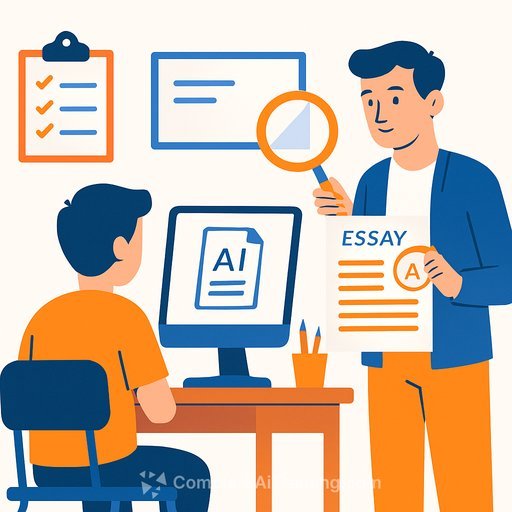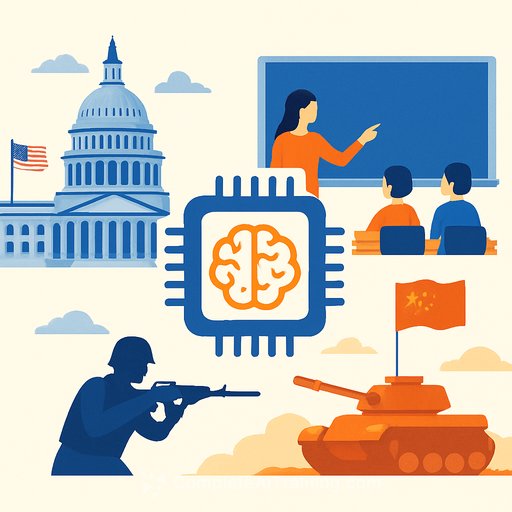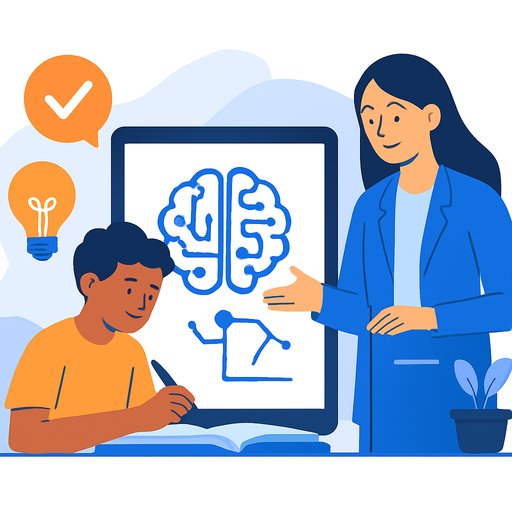Generative AI Has No Place in My Classroom
I'm not anti-tech. I've used AI as a support in controlled ways. But my first real encounter with ChatGPT-5 changed my stance. This is different. This is dangerous.
For years, I protected the integrity of take-home writing by learning each student's voice early. I knew their rhythm, their transitions, their quirks. If a later paper didn't fit, I caught it. That safeguard is gone.
ChatGPT-5 can ingest a few prior essays and mirror a student's style with eerie precision. It cites accurately. It weaves obscure sources into arguments. It produces work that looks like it took hours-without the hours, without the thinking.
Why the calculator analogy fails
Calculators automated computation. Students still had to choose the problem, set it up, interpret the result and justify the why. Generative AI automates the entire arc: brainstorming, outlining, drafting, revising and citing. That's not a tool replacing a step. That's a tool replacing the thinking.
Detection isn't a plan
Tools that claim to "catch AI writing" are unreliable, and students know how to route around them. Some services even market ways to beat detectors. As models get better, detection gets worse. Betting academic integrity on guesswork puts teachers and students in needless conflict.
If you need a primer on the broader risks, see UNESCO's guidance on generative AI in education (UNESCO).
The shift: bring writing back into the room
The only viable fix for major assessments: more in-class writing. I no longer assign big take-home papers. We write where I can see the process.
- Mode: Blue books or a secure, locked-down platform that shows activity in real time (for example, Digiexam).
- Staging: Break large tasks into visible checkpoints-proposal, outline, draft, revision, reflection.
- Process artifacts: Require brainstorming notes, annotation trails and revision logs.
- Conferences: Short, in-class check-ins where students explain choices and next steps.
- Oral defense: After submission, a quick Q&A to verify ownership and depth of understanding.
What gets covered will change-and that's okay
Yes, you'll likely cover fewer units. But the trade is worth it. Depth beats speed. I care less about how fast a student can produce a polished page and more about whether they can talk through an idea, adapt it under pressure and defend it.
Set clear boundaries without fear-mongering
- Policy: Spell out where AI is permitted (idea prompts, grammar checks) and where it isn't (drafting arguments, building citations, shaping structure) for graded writing.
- Transparency: If AI is used in any allowed way, students must disclose how and where.
- Consequences: Tie violations to redo opportunities with process documentation, not just punitive measures.
Give students the support-not the shortcut
- Scaffolds: Sentence stems, model paragraphs and checklists that teach structure without outsourcing it.
- Live practice: Mini-writes, timed explanations and quick debates that build fluency.
- Feedback loops: Peer reviews focused on clarity, evidence and logic, not just polish.
Address the real pressures
Students juggle sports, jobs and applications. AI companies pitch "work smarter" as skipping the hard parts. That messaging is seductive-especially to tired teenagers. Our job is to make the hard parts doable, visible and meaningful.
Companies will keep pushing: Phrasely.ai, Google Gemini, Claude, Perplexity and the next app that promises to outsmart detectors. The ads will get slicker. The temptation will grow. Policies and pedagogy must keep students in the driver's seat.
What to measure instead of polish
- Can the student explain their claim and evidence out loud-clearly and concisely?
- Do their drafts show evolution of thought, not just surface edits?
- Can they adapt the argument to a new prompt or counterpoint in real time?
- Do they demonstrate judgment in selecting and interpreting sources?
The point isn't to ban tools. It's to build thinkers.
A computer can spin up a passable paper in seconds. The goal is a student who can think, argue and revise in public. If we hand the process to a model, we don't just lose integrity-we lose independence.
Keep the writing where the thinking happens: in the room, in the open, in community.
Your membership also unlocks:






